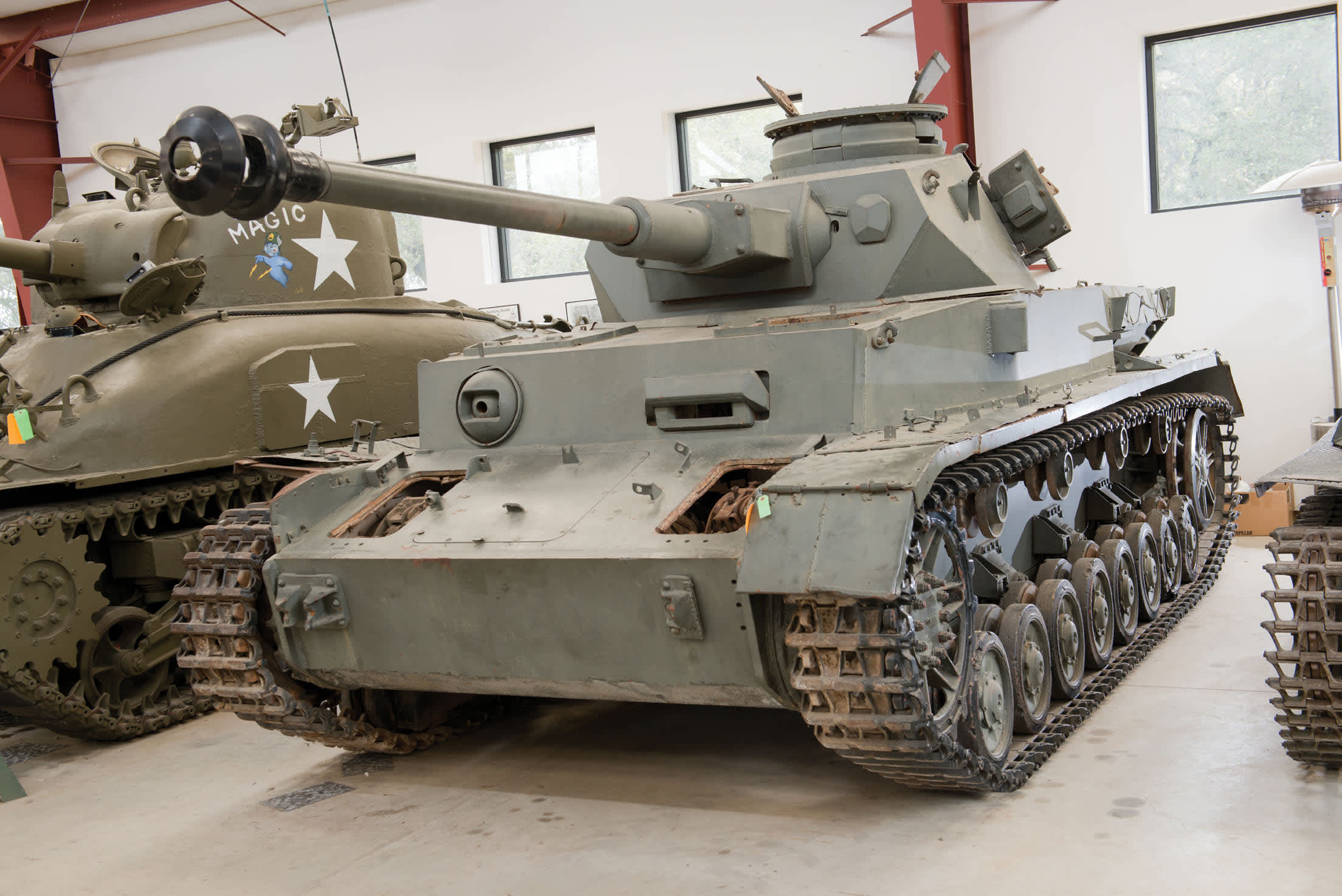

Taking advantage of Russia’s widespread use of unencrypted communications, Primer, an AI company, modified their commercial AI-enabled voice transcription and translation service to listen in on intercepted Russian communications and automatically highlight information of relevance to Ukrainian forces in a searchable text database. This innovative combination of cheap commercial and military technology offers a useful capability that can destroy Russian vehicles costing hundreds of thousands or millions of dollars for the price of a $100 grenade and a $1,000 drone.ĪI: Anyone with experience using Amazon’s Alexa or Apple’s Siri is aware just how good modern AI has gotten at voice recognition. When dropped from an overhead commercial drone, these cheap and simple munitions can penetrate the relatively weak roof armor of Russian tanks and other vehicles. The Department of Defense (DOD)-which has launched dozens of various commercial tech-related initiatives with limited success-should take note.ĭrones: Ukrainian forces have used 3D printers to add tail fins to Soviet-era anti-tank grenades. Across drones, artificial intelligence (AI), and space, commercial technology is flexing military muscle to a greater extent than at any time since the end of the Cold War. military technology has played an enormous role in Ukraine’s success, so has Ukraine’s ingenuity at rapidly turning commercial technology into military capability. national security community to view the Ukrainian conflict as evidence that all is well with the United States’ defense industry. It would be a mistake, however, for the U.S. Meanwhile, the poor reliability and accuracy of Russian weapons provides new evidence that Russia’s military industrial base is so plagued by corruption that investments more often build bureaucrats a new luxury home rather than functional facilities or weapons. Ukraine’s success in using U.S.-built Javelin anti-tank munitions is so ubiquitous in news coverage and social media memes that “Javelin” is approaching household name status. The early stages of Russia’s invasion of Ukraine generated significant admiration for the quality and performance of the United States’ military technology and the defense industry that makes it.


 0 kommentar(er)
0 kommentar(er)
